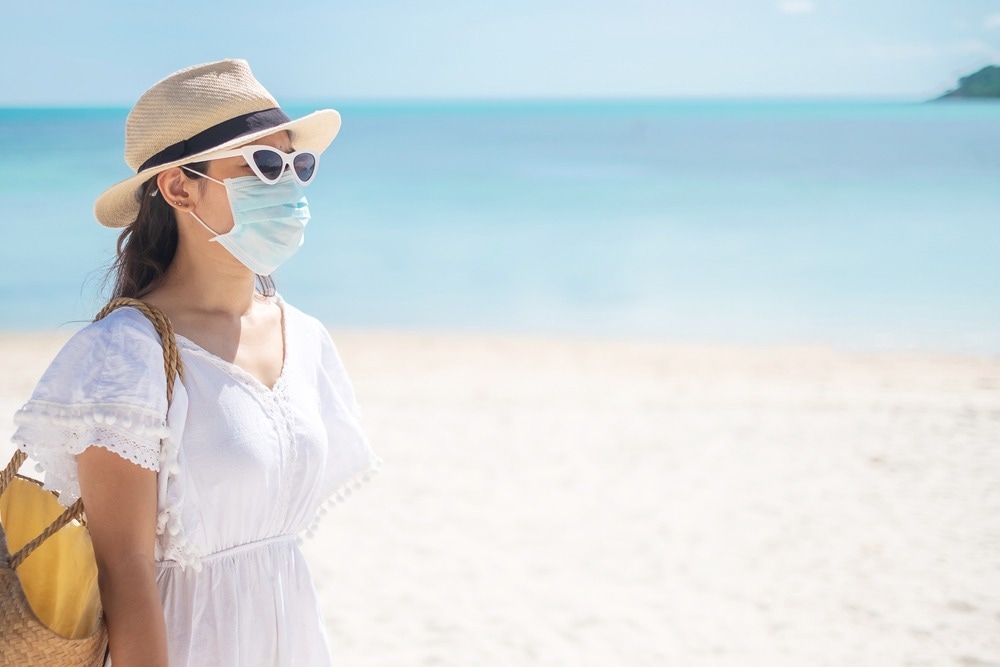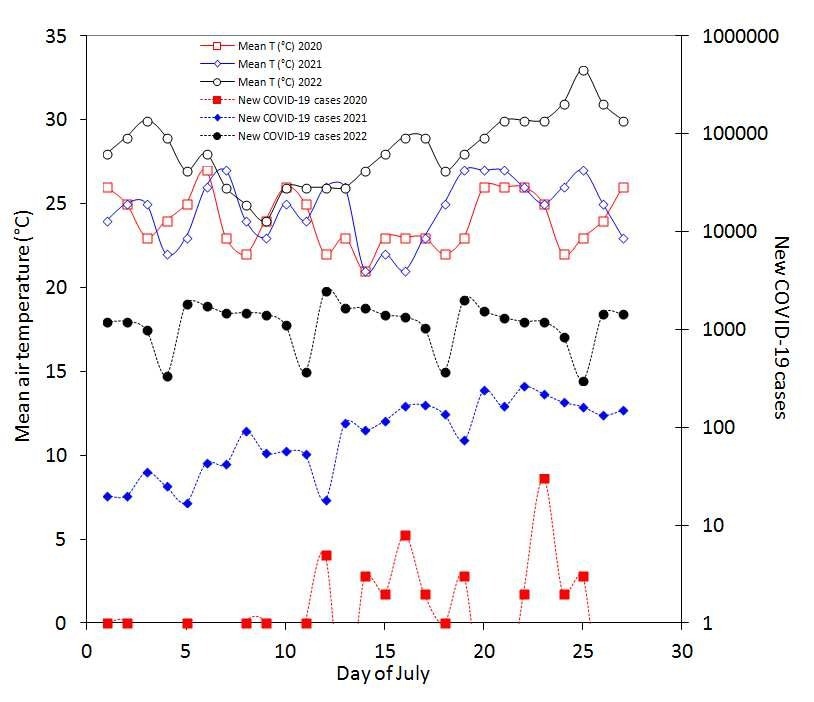Since the start of the coronavirus disease 2019 (COVID-19) pandemic, scientists have extensively studied various aspects of the severe acute respiratory syndrome coronavirus 2 (SARS-CoV-2). For example, several studies have indicated that SARS-CoV-2 thrives at low temperatures and low sunlight, especially in the climatic conditions of the northern hemisphere.

Study: Has SARS-CoV-2 evolved and adapted to circulate at high temperatures? Image Credit: Jo Panuwat D / Shutterstock.com

 *Important notice: Research Square publishes preliminary scientific reports that are not peer-reviewed and, therefore, should not be regarded as conclusive, guide clinical practice/health-related behavior, or treated as established information.
*Important notice: Research Square publishes preliminary scientific reports that are not peer-reviewed and, therefore, should not be regarded as conclusive, guide clinical practice/health-related behavior, or treated as established information.
Background
Previous studies have reported an inverse correlation between air temperature and the prevalence of COVID-19. However, the emergence of several SARS-CoV-2 variants has significantly altered its characteristic features, including vulnerability and/or resistance to high air temperatures.
In a recent study published on the preprint server Research Square*, researchers describe changes in the infectivity of SARS-CoV-2 in Verona, Italy, in 2020, 2021, and 2022.
About the study
In the current study, researchers obtained the daily numbers of new COVID-19 diagnoses in Verona from the Regional Healthcare Service database. The mean daily air temperatures of the same region during the study period were also obtained from an official Italian meteorological website.
The mean temperatures of July in Verona in 2020, 2021, and 2022 were about 24°C, 25°C, and 28°C, respectively. An increased rate of daily COVID-19 cases was observed between 2020 and 2022, with 2.5 reported in 2020, 106 in 2021, and 1,287 in 2022.
Thus, the number of COVID-19 cases in Verona significantly increased each subsequent year since the start of the pandemic, despite an increase in the mean air temperature.

Mean daily air temperature and new coronavirus disease 2019 (COVID-19) cases recorded in the province of Verona in July of the years 2022, 2021 and 2022.
Implications
The study findings indicate that strong evolution pressure placed on SARS-CoV-2 over time has led to its adaptation to circulate at high temperatures. An alternative explanation is that the impact of temperature on SARS-CoV-2 might have remained constant, whereas the rate of transmission increased due to novel variants.
Two potential factors could be responsible for these findings. For example, higher daily average temperatures might have increased indoor activities, which contributed to the rise in the daily COVID-19 cases. Another reason for Verona's increased daily infection rate could be non-adherence to SARS-CoV-2 preventive measures.
The authors strongly recommend practicing preventive measures, such as wearing face masks, frequent use of hand sanitizers, and social distancing during the warmest periods of the year. Furthermore, healthcare administrators and policymakers must be aware that the number of severely infected COVID-19 patients requiring hospitalization might not decrease during the hot season.

 *Important notice: Research Square publishes preliminary scientific reports that are not peer-reviewed and, therefore, should not be regarded as conclusive, guide clinical practice/health-related behavior, or treated as established information.
*Important notice: Research Square publishes preliminary scientific reports that are not peer-reviewed and, therefore, should not be regarded as conclusive, guide clinical practice/health-related behavior, or treated as established information.